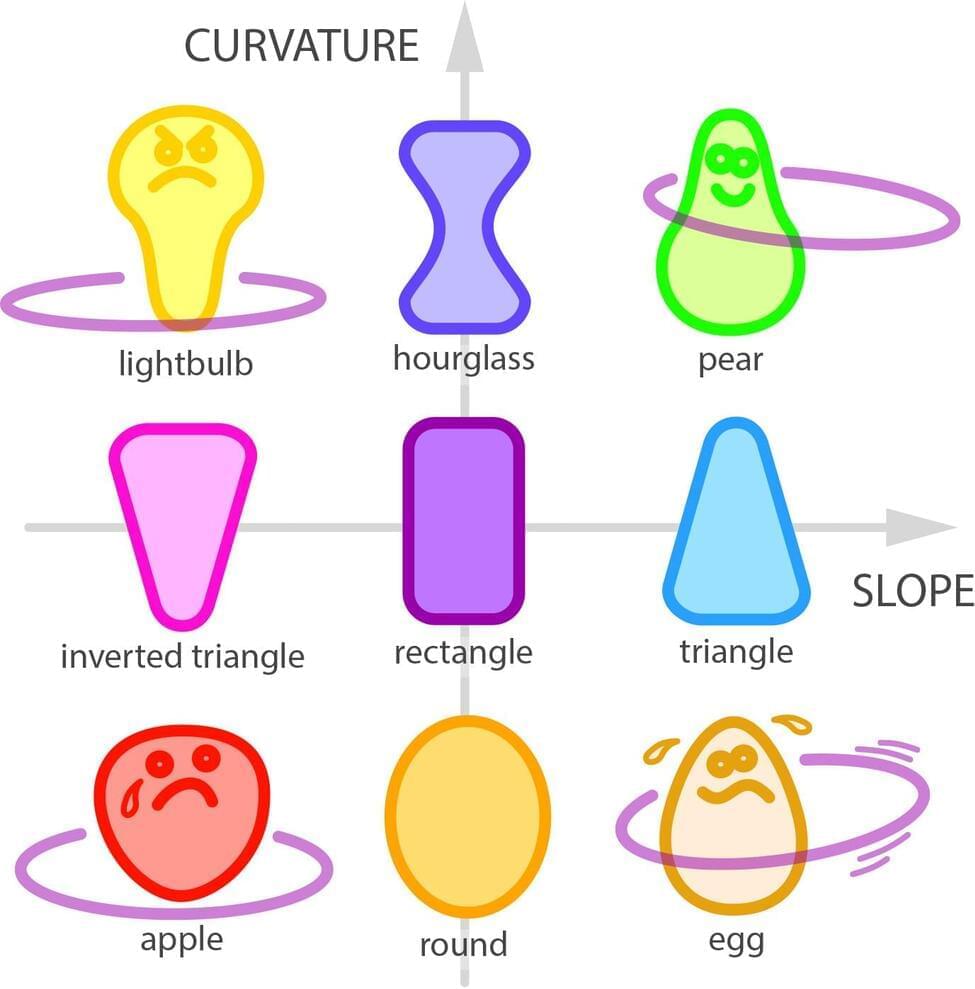The relationship between brain and computer is a perennial theme in theoretical neuroscience, but it has received relatively little attention in the philosophy of neuroscience. This paper argues that much of the popularity of the brain-computer comparison (e.g. circuit models of neurons and brain areas since McCulloch and Pitts, Bull Math Biophys 5: 115–33, 1943) can be explained by their utility as ways of simplifying the brain. More specifically, by justifying a sharp distinction between aspects of neural anatomy and physiology that serve information-processing, and those that are ‘mere metabolic support,’ the computational framework provides a means of abstracting away from the complexities of cellular neurobiology, as those details come to be classified as irrelevant to the (computational) functions of the system.







